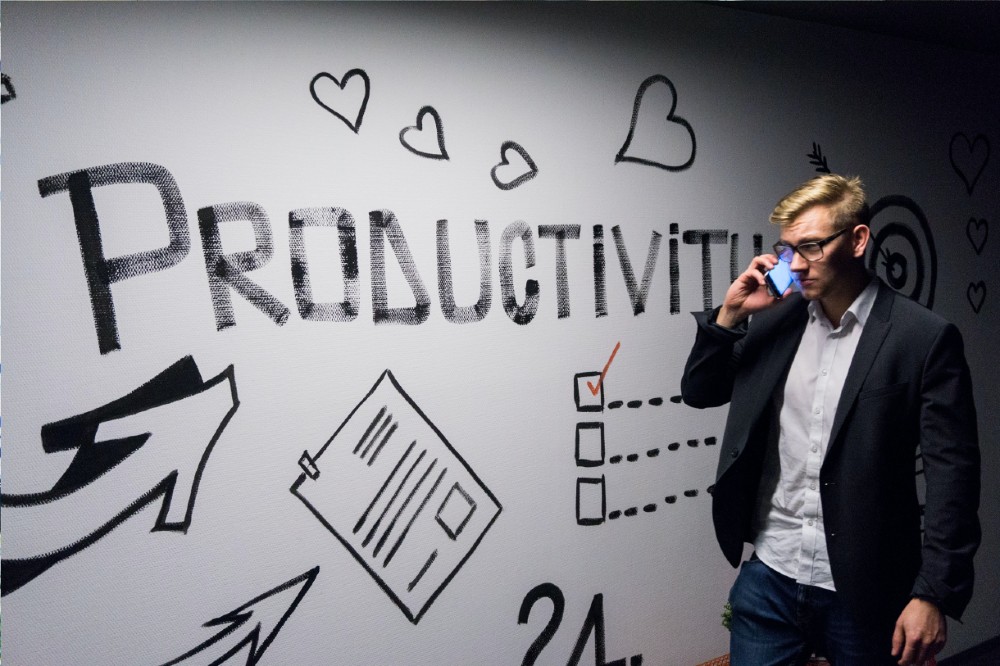Always trying to be productive
How can a business improve worker performance? Let me count the ways. There are trainings on every topic under the sun, technology and tool upgrades, worker incentives and a commitment to a positive employee culture – but these things are often costly, and never guaranteed to work.
![]()
Sometimes, according to a new study by the Harvard Business Review, all you need is a good understanding of your employees’ strengths and a willingness to rearrange the furniture.
The study
The study analyzed two years’ worth of data on over 2,000 employees at a large tech company with offices across the United States and Europe, and found that who you sit next to influences how you perform – and certain configurations can actually boost performance and work quality.
First, the study organizers used five different data sources to understand employees comprehensively:
1. A “master file” with info on hiring, termination, compensation, and job description.
2. Two “engagement surveys” administered across the whole company.
3. Monthly reports outlining the location and assigned desk of each employee
4. Building maps and floor plans of the offices
5. Worker performance data, divided into three measures:
Productivity: average amount of time taken to complete a task
Effectiveness: average daily rate at which a worker couldn’t complete a task on their own
Quality: client satisfaction with the result, on a five point scale
Part two
They then used the information they gathered to categorize each worker into one of three categories: “productive workers, who completed tasks quickly but lacked quality; quality workers, who produced superior work but did so slowly; and generalists, who were average across both dimensions.”
In the study sample, about 25% were productive workers, 25% were quality workers, and 50% were generalists.
Finally, they observed the “spillover” of each performance measure. How much impact did neighbors have on an employee’s overall performance?
The answer in some cases is quite a lot.
They found that “the best seating arrangements had productive and quality employees sitting beside each other, because each helped the other improve.” Basically, each worker tries to catch up to the other in the area they’re usually weaker in. And interestingly, it doesn’t work the other way – the productive worker doesn’t get less productive, and the quality worker’s quality doesn’t suffer. The negative spillover just isn’t there.
Spillover also doesn’t exist between two similar workers.
Two productive workers don’t get more or less productive when seated near each other. And generalists didn’t seem to be affected at all, since they were average to begin with.
Notably, the study found that “these effects occurred almost immediately but vanished within two months,” so this isn’t a long-term solution for a struggling business. It suggests that employees didn’t truly learn strengths from each other; instead, they likely fed off a kind of indirect peer pressure.
No free lunch
Nonetheless, the study indicates that conscientious spatial management can improve performance, if an organization invests time and energy into developing employee categories, and classifying each employee accordingly.
From there, a simple rearrangement could mean higher profits, and more control over productivity outcomes. No such thing as a free lunch, as they say – but this comes pretty close.
#Productivity
Staff Writer, Natalie Bradford earned her B.A. in English from Cornell University and spends a lot of time convincing herself not to bake MORE brownies. She enjoys cats, cocktails, and good films - preferably together. She is currently working on a collection of short stories.









































Pingback: If you are privy to a ton of meetings and calls, you need Aloe - The American Genius